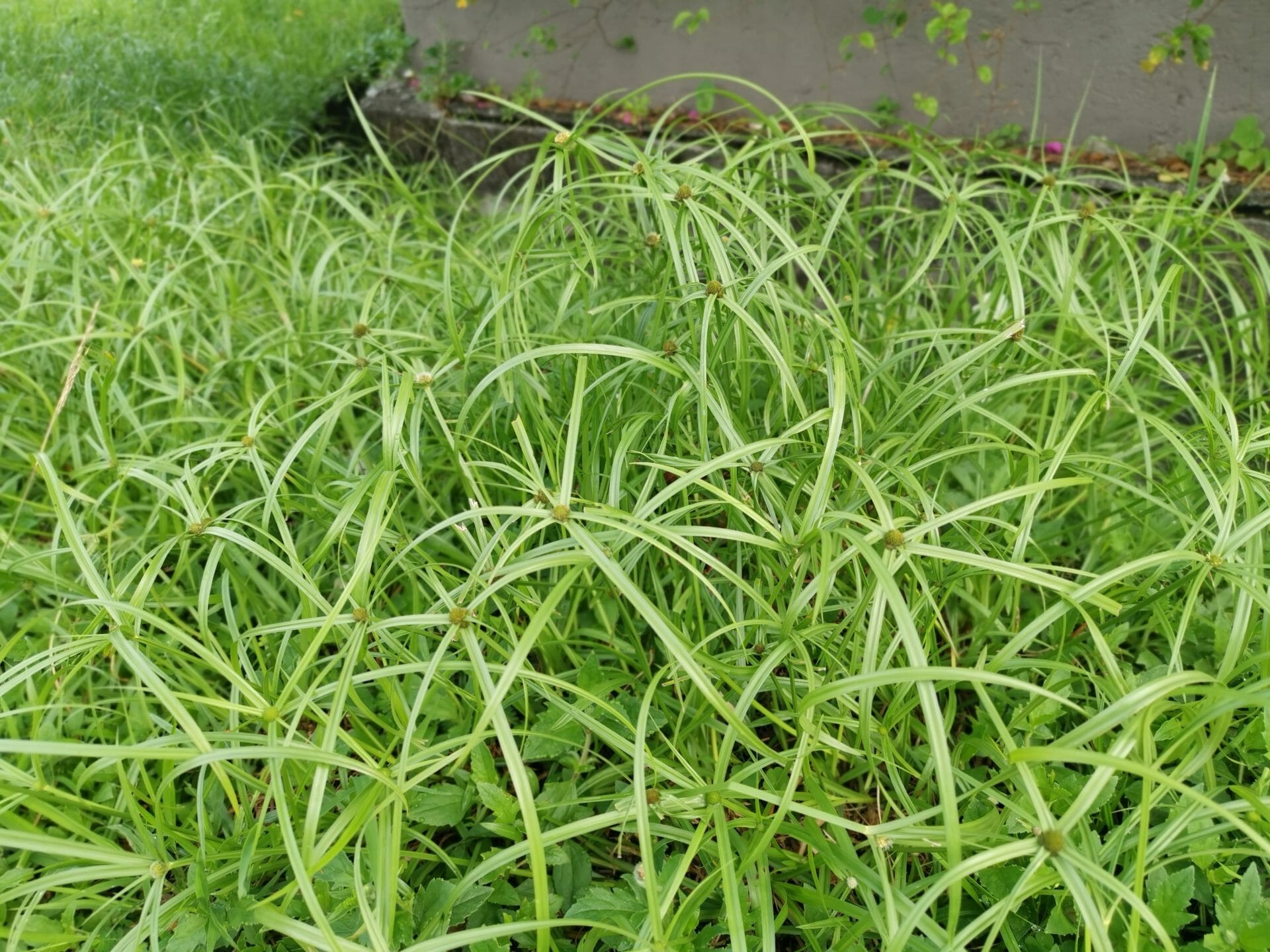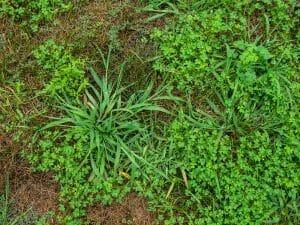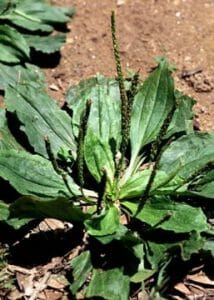
Weeds: Know Thy Enemy
Feeling deceived is one of the worst experiences, and unfortunately very common. Politicians telling you that things will be getting better, or a product at the store not doing what it was marketed to do. This makes you feel slighted, and rightfully so. However, vigilance in seeing through deception will often keep you better off in the long run. This is why staying vigilant in your landscape is so important. Of course, the deception that we are referring to in this instance is that of invasive plants or weeds. These invasive species feel, look, and sometimes smell just like happy and healthy plant material. This can keep your eyes off them just long enough for them to take over your turf, or landscape bed. To help you identify local weeds and know thy enemy, we present this blog, where we will provide a general overview of the weeds in our area and what you need to know about them.
Weed Identification: WYNTK
By definition, a weed is just any plant that grows or exists in a place you do not want it. In our next sections, we will break down the two types of weeds that you need to know. Broadleaf weeds are one, and the other type of weed can be referred to as grassy. Sedges are similar to grassy weeds, but not quite the same. Just as a general rule of thumb, it is always a best practice to routinely inspect the lawn for early identification of any of the weeds we are about to discuss.
Broadleaf Weeds
The first type of weed you need to worry about is the broadleaf weed. These weeds are identifiable by the fact that they look like unique plants. They are generally very hardy, and when they grow in your grass you will have no problem identifying them. Some examples of broadleaf weeds you might find in your turf include plantain, dandelion, clover, burdock, and thistle. As you can see each of these weeds has an obvious form and shape that distinguishes it from the rest.

Grassy Weeds
Now, these weeds are much more deceptive than their broadleaf cousins. These weeds might actually look just like the turf they are growing into. It would take a closer look to distinguish healthy turf from the average grassy weed. This allows them to creep into the lawn, without you noticing until they have taken over. Examples of these grassy weeds include crabgrass, dallisgrass, goosegrass, and KR bluestem. Ensure that a professional takes a closer look for proper identification.
Sedge Weeds
Like grassy weeds, these weed varieties look very similar to the turf. The difference is that these plants have flowering stems that rise above healthy turf to make them distinguishable. What makes them unique is that they spread underground through rhizomes. In doing so they also take away nutrients from your turf. Examples of sedge that you might be familiar with include nutsedge, kyllinga, and water chestnut.
At Higher Ground, our team of experts possesses a trained eye and deep understanding of weed identification, much like a doctor’s knowledge of diagnosing a medical condition. It is crucial in the field of horticulture to accurately identify a problem in order to prescribe the most effective treatment while minimizing any potential harm to desirable turf grass. We take pride in our expertise and commitment to delivering effective solutions.
If you would like to learn more about weed identification, CLICK HERE.
Higher Ground Lawn Care and Lighting is ready to take your property to a higher level. Experience why your neighbors and businesses in University Park, TX & surrounding areas trust Higher Ground Lawn Care & Lighting with their properties. Give us a call at (682) 206-3596 or check out our website today.
Ready to get started?




